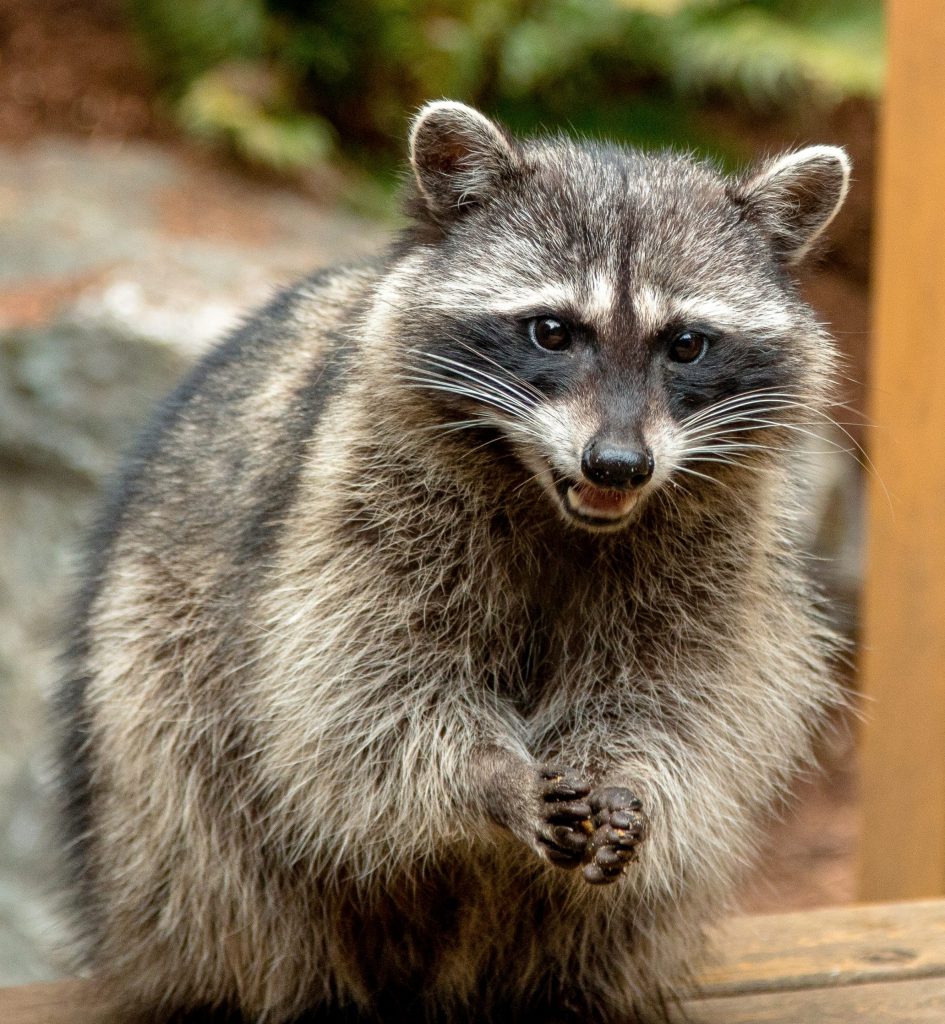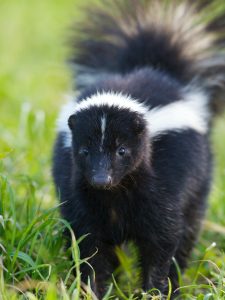One of the most important things to know about raccoons is that they can carry rabies. This disease is fatal to humans and animals both! So it’s important to be able to recognize the signs that tell you that a raccoon has rabies.
The first thing to look for is changes in behavior. A raccoon with rabies may act aggressively or strangely, and may even attack people or other animals. They may seem disoriented or confused. Some people compare their walk to that of a drunk person. They appear to be staggering and show erratic movements.
Another sign of rabies is paralysis, which may affect the raccoon’s ability to move or eat. In some cases, raccoons with rabies may foam at the mouth due to excess saliva production.
If you see a raccoon exhibiting any of these signs, it’s important to contact your local animal control or wildlife agency immediately. Do not try to capture the raccoon yourself, as this could put you at risk of being bitten or scratched. If a raccoon has rabies their saliva carries the virus.But rabies can’t go through unbroken skin.
According to the Humane Society of the United States raccoons make up for about 35 percent of all animal rabies cases. But even if you’re bitten by a rabid raccoon, effective post-exposure treatment is available. So you need to seek medical attention right away. On average, less than three people die nationwide of rabies each year.
Usually a raccon that has rabies dies within 1-3 days after becoming infectious. And most humans contract rabies from bats, and not raccoons.
Overall, it’s crucial to be able to spot the signs of rabies in raccoons in order to protect yourself and your loved ones from this deadly disease. By being vigilant and knowing what to look for, you can help keep yourself and others safe from this dangerous virus.






